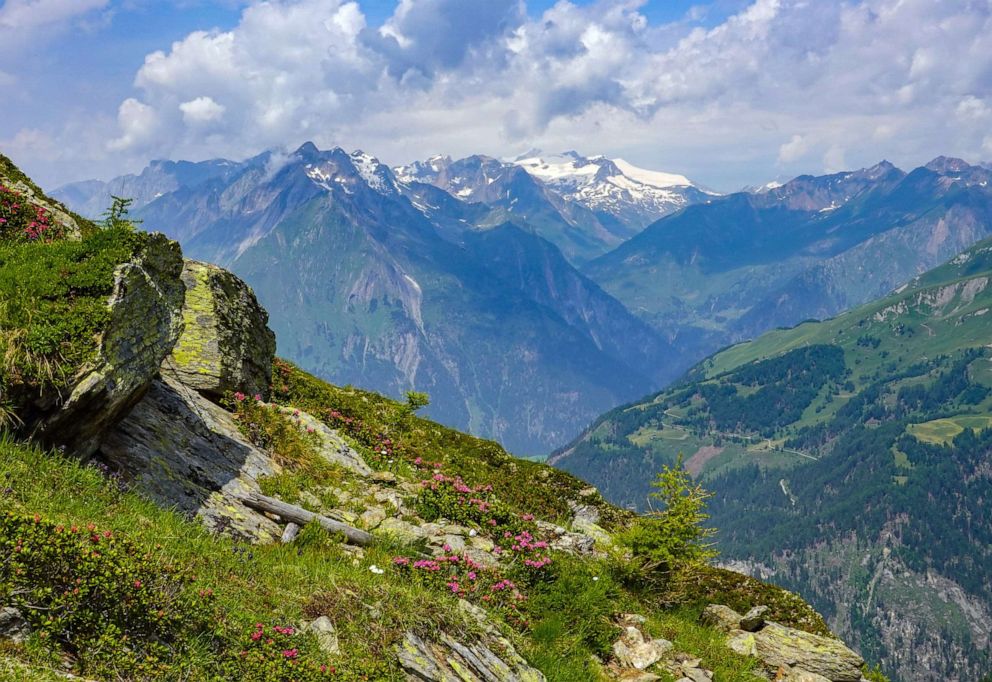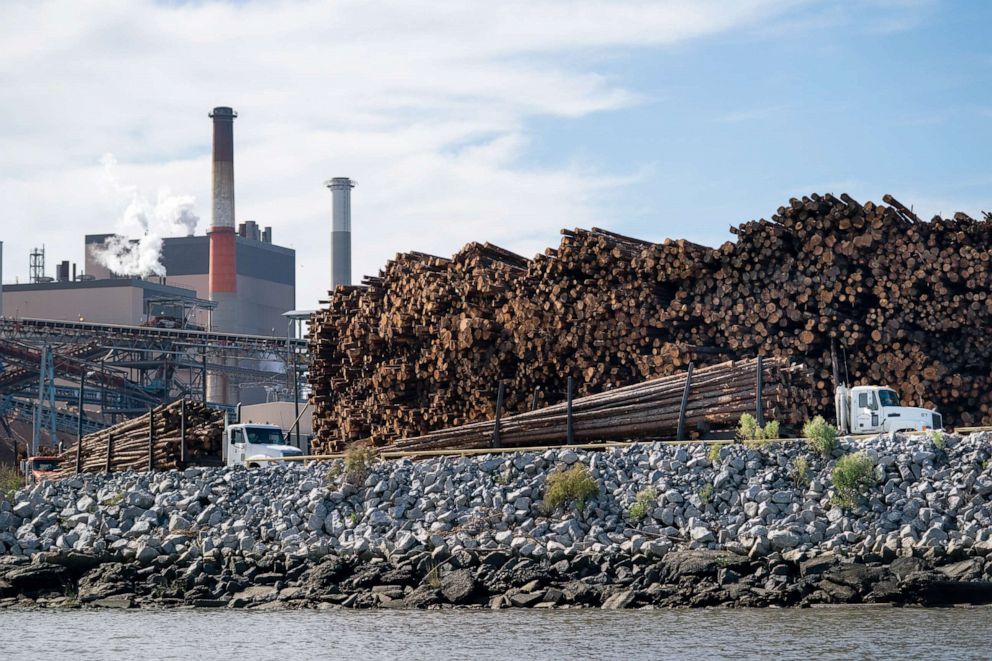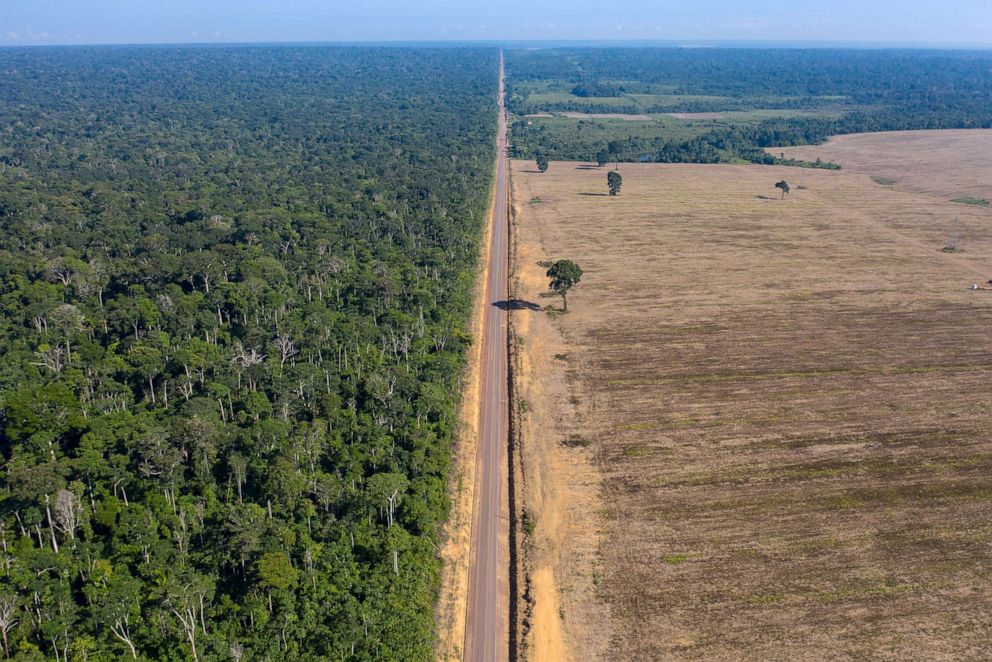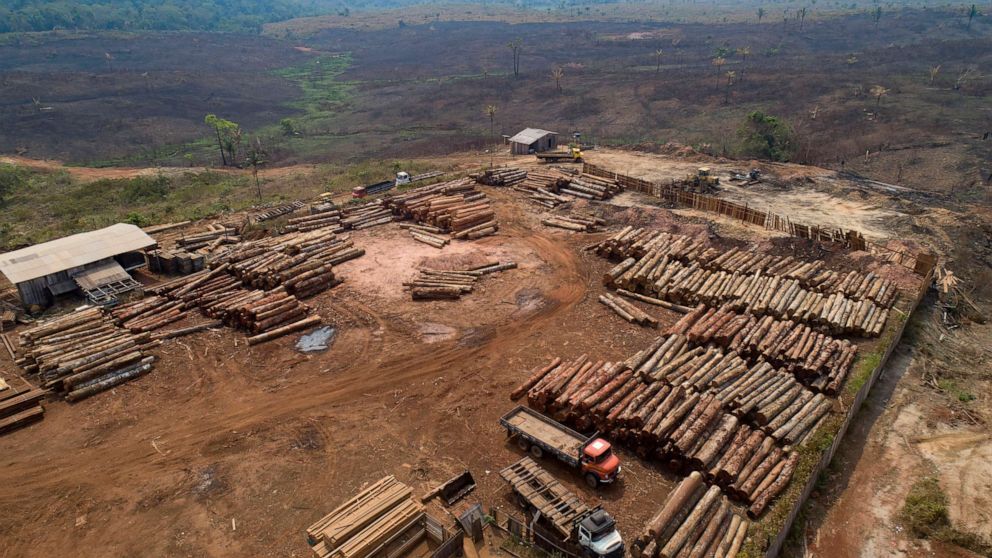How climate change could hinder reforestation efforts, according to experts
Scientists are researching how to promote global diversity amid warming temperatures, but some of the methods that could prove effective may be further hindered by climate change, according to new research.
The mass-clearing of trees is occurring around the world due to a plethora of culprits, including wildfires, logging and clearing development. More than 18 million acres of forest are lost every year, according to the Ecological Society of America, and the forests that remain are often weakened by severe drought and disease. All of these things are exacerbated as the earth warms.
One method some scientists are confident will help vegetation survive the inevitable heat of the future is assisted migration, which involves planting a species of tree that is native to the area but sourcing the seed from farther south, where the temperature is warmer. Theoretically, this would ensure that the forest will endure, because that variation has already adapted to warmer temperatures.
But new research has shown that populations of some species of warm-adapted plants are actually decreasing in their native habitats -- and if a plant population is dwindling, its seedlings may not be available to be migrated. A study published in Nature on Monday found that alpine plants in the European Alps are among the many plant and animal species responding to recent global warming, and climate change could be leading to the reduction of plants within each species that has adapted to warmer weather.
"These individuals that are adapted to warmer climatic conditions may get lost in the future climate change," Johannes Wessely, author of the study and a researcher in the University of Vienna's department of botany and biodiversity research, told ABC News.

The model developed by the researchers, which considered variations in the climate tolerance of six species of alpine plants, suggests that the ranges and populations of these plants will shrink as the climate warms, because the area in which it can survive will occupy smaller plots at higher elevations. This will then lead to less warm-adapted vegetation, and possibly the extinction of the species due to maladaptation and less vegetation overall, Wessely said.
The survivability of the species will depend on the rate of climate change, Wessely added.
"This pattern gets stronger, the stronger climate changes," he said.

More research needs to be done to determine whether warming temperatures will have the similar effect on other plant species, Wessely said. If so, it could alter how effective assisted migration will be in fortifying vegetation against climate change.
Maladaptation is one of the main concerns scientists have when considering assisted migration, making sure to take extreme care when moving species outside of their normal zone, Owen Burney, the director of the John T. Harrington Forestry Research Center at New Mexico State University, told ABC News.
"There's always a risk in doing that," he said, but he emphasized that genetic research completed so far proves the method can be beneficial, for example, in providing some resilience to drought within a local population.
Scenarios that could possibly work include moving a variation of a Mexican pine species from Mexico to the southeastern U.S., where it does not exist, or moving a species from a lower to higher elevation. But ample testing will be necessary to make that determination, it can be tough to find investors for forestry, Burney said.

Forests are critical to the Earth's ecology for their ability to capture and store carbon out of the atmosphere, alter the air quality and quantity of drinking water and provide habitat for the world's land species.
Last year, the United Nations Environment Programme declared that promoting and preserving biodiversity -- especially reforestation -- would play a crucial role in combating climate change.
The growth and productivity of forests is both directly and indirectly affected by climate change, according to the Ecological Society of America. Changes in the levels of carbon dioxide in the atmosphere affect forests directly, while the effect on the complex ecosystems as a result of climate change affects the forests indirectly.




